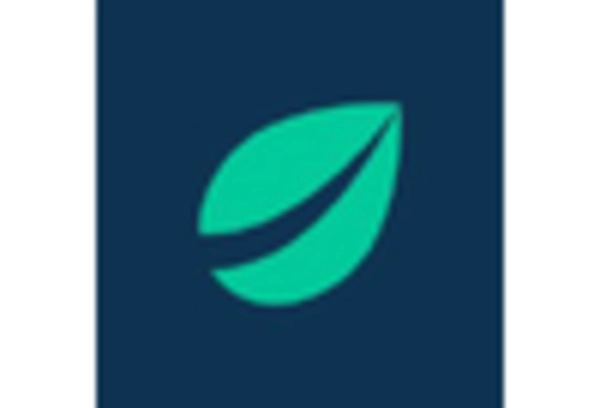The competitive landscape of the Cryptocurrency Market is characterized by rapid innovation, diverse offerings, and a dynamic environment that influences investor sentiment and regulatory frameworks. As cryptocurrency continues to gain acceptance, a wide range of platforms and technologies compete for market share, driven by factors such as transaction speed, security, scalability, and user experience.
Companies aim to establish their unique value propositions in the increasingly crowded marketplace, where consumer preferences, technological advancements, and regulatory changes can significantly impact performance. The continuous evolution of this space fosters not only competition among established players but also creates opportunities for new entrants, leading to a complex interplay that shapes the future of digital currencies.
Uniswap has carved a prominent niche within the Cryptocurrency Market as a decentralized exchange that revolutionizes the way trading occurs. Its unique automated market-making protocol allows users to swap various cryptocurrencies without the need for intermediaries, thus enhancing trading efficiency and accessibility.
Uniswap's strength lies in its vast liquidity pools, which empower users to trade assets seamlessly, and its innovative use of smart contracts, which eliminates traditional order book mechanics. Furthermore, the platform's community-driven governance enhances its adaptability, enabling users to propose and vote on changes, thereby driving engagement and fostering a loyal user base.
Uniswap's commitment to transparency and decentralization aligns with the foundational principles of the cryptocurrency space, further solidifying its competitive position in the market.
Cardano stands out as a robust platform in the global crypto currency market, distinguished by its focus on sustainability and scalability. The unique dual-layer architecture of Cardano separates the settlement and computation processes, which allows for greater flexibility and better energy efficiency compared to many competitors.
Its emphasis on a research-driven approach underpins its development, ensuring that the technologies and protocols are rigorously tested and peer-reviewed prior to implementation. Cardano's secure proof-of-stake consensus mechanism enhances energy efficiency while promoting decentralization, positioning it favorably among environmentally conscious investors.
Additionally, its active community and partnerships contribute to a growing ecosystem that supports various decentralized applications and use cases, making Cardano a formidable player in the continuously evolving cryptocurrency landscape.


















Leave a Comment